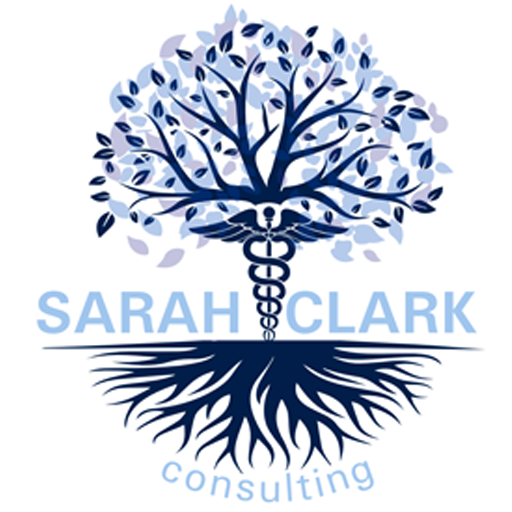
Staffing a medical practice these days can feel a lot like building IKEA furniture, complicated, full of tiny parts, and somehow, you always end up with an extra screw. Between turnover, burnout, and recruiting challenges, it’s time to look at your people strategy with fresh eyes; and maybe a splash of innovation.
Instead of sticking to the traditional 8-to-5 grind, consider non-traditional schedules that support both patients and providers. Offering a 4-day workweek with 10-hour shifts can attract younger providers who value work-life balance. One group a colleague of mine works for, staggered provider schedules so they could offer early morning and after-hours appointments, which not only improved patient access but also kept their staff engaged with a better work-life rhythm.
For support staff, staggered shifts or “core hours” (for example, everyone is present from 10 a.m. to 2 p.m., but start and end times vary) allow coverage without burnout. Practices that adopt these models often find a decrease in unscheduled absences, and an increase in morale.
If your practice can’t compete with the big health systems on salary, don’t panic, but don’t ignore it either. If you’re on the low end of the pay scale, good employees will eventually leave unless there’s a compelling reason to stay. Start by asking your team: “What would make your workday easier?” You might be surprised.
One three-provider family medicine office in North Carolina added an annual $500 childcare stipend for each staff member with young kids, after noticing that late arrivals and early departures often related to school and daycare challenges. That modest investment cut turnover in half.
Can’t afford stipends? Flexible time off policies, mental health days, or even an optional remote admin day for billing or outreach staff can go a long way. (P.S. Never underestimate the value of a stocked break room and an occasional “wear your favorite team jersey” spirit day.)
Because a happy team doesn’t just happen; they’re built with intention
Not everything has to be a performance review. One-on-one check-ins, even just 15–20 minutes, create space for real conversations. These aren’t about productivity metrics; they’re about people. Ask how they’re doing, what’s working, what isn’t, and what support they need.
Add a morning huddle. This is just a quick 5-8 minute group check-in before the day starts. If anyone has something going on or needs help with. Just setting the intention for the day can create some calm.
These touchpoints give your team a safe place to talk openly, about challenges, career goals, or even just the fact that the new fax machine is haunted. And yes, over time, they’ll help you spot burnout before it turns into a resignation letter.
One Podiatry office I worked with schedules monthly check-ins between the office manager and each staff member. Those conversations have led to everything from improved workflows to internal promotions, simply because the leadership team made space to listen.
Training doesn’t have to mean lengthy webinars and snooze-worthy PowerPoints. Try bite-sized “microtrainings,” peer-led lunch sessions, or shadow days between roles. A front desk team that knows how to run a quick eligibility check saves everyone time. A medical assistant who feels confident explaining treatment plans builds trust with patients and reduces provider callbacks.
One OB/GYN practice in a rural area implemented monthly 30-minute cross-training sessions. Within two months, they were able to cover PTO more smoothly, because more people knew how to help in different roles. Bonus: the team felt more empowered and less siloed.
If your team keeps leaving, it’s worth asking why. (And not just in exit interviews, those are often too late.) If they stay, ask that too. Find out what’s working, what they value, and where you can lean in.
And if your practice is struggling financially? Start by identifying the root cause, here’s a link to a blog post that can help with that, and explore lower-cost retention options that speak to your team’s real needs.
Because staffing isn’t “set it and forget it.” It’s about aligning the right people with the right environment, and giving them the tools, trust, and time to grow with you.
Did you know Sarah Clark Consulting offers a FREE practice self-assessment? CLICK HERE to take the one minute assessment and get some great information to keep the smile on your face while making your practice more efficient!
